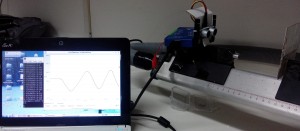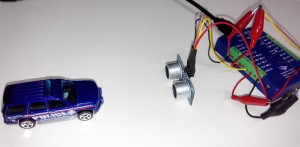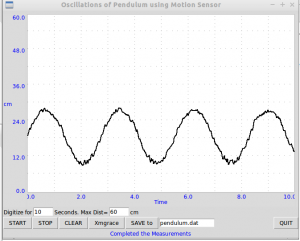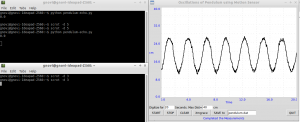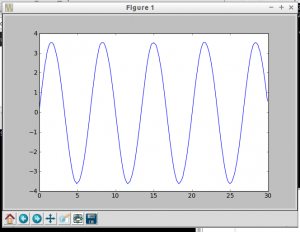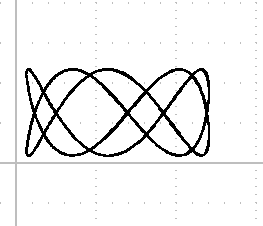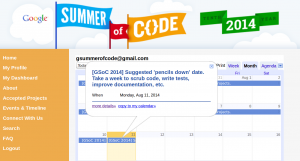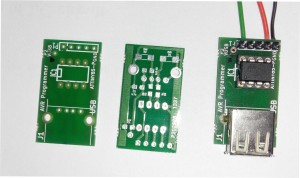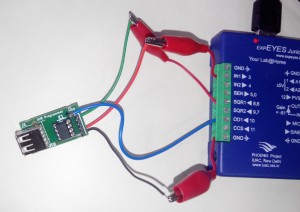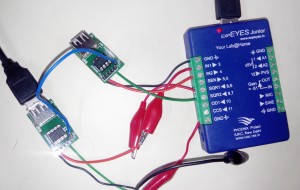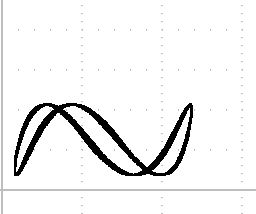(From Monday 11th August to 17th August 2014)
This week I conducted experimental trials for all the experiments using python code written for Real-Time plotting and also code for Off-Line mode. Did modifications in the programs wherever necessary and finalized the code for experiments. Wrote python code for Mechanics and Sound GUI. Worked on documents.
I am also working on packaging everything so that the plug-ins can be separately installed on a machine where ExpEYES is pre-installed. Need few days for this work. I will continue this after the final evaluation report is submitted.
To Do Next Week……
- Submission of Final Evaluation
- Complete and upload Experiments documents to the blog site.
- Take trials with experimental set-up and upload photographs and videos.
- Create a package that can be installed on a machine where ExpEYES is pre-installed.
Since most of the apparatus for all experiments is home-made, I will be uploading the procedure with photographs for creating these devices. I will also add documents with relevant theory for each of the experiment to the blog site.
It had been a great journey with new learning experiences. Thanks a million to my mentors Mario Behling, Hong Phuc Dang & Hau Dang at FOSSASIA and Ajith Sir. Even though the coding season ends tomorrow, I am feeling like its a beginning for me.
There is a lot to be done…. and I will be continuing with the work to make this dream a reality.. a dream of providing every student with the most affordable pocket science laboratory.
I have thought of many new experiments on which I will be working for next couple of days. Also thinking of having a separate website for this work…its possible now…thanks to funding from Google.

